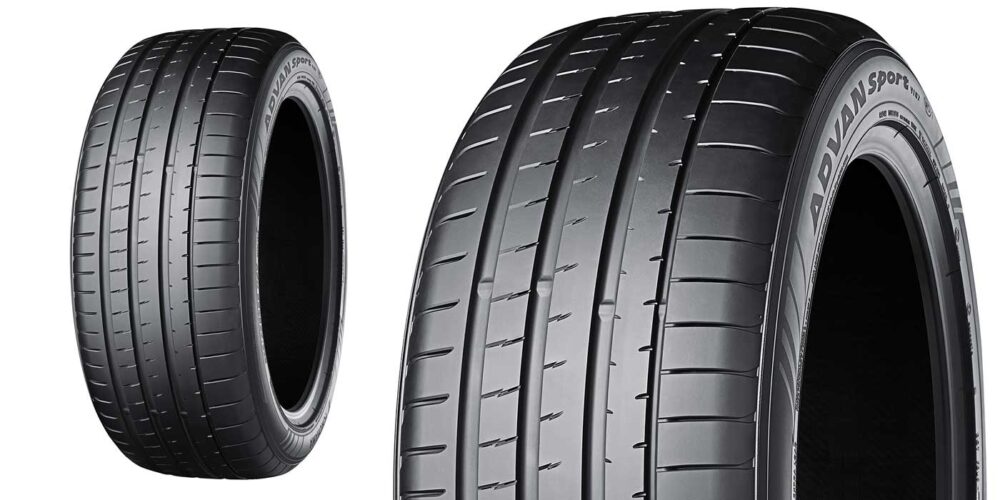son radials – by as much as 25% to 50%. That’s enough gripping traction and braking power to avoid a severe weather-related accident.
All-season tires are produced with tread compounds that are physically harder than a typical winter tire.
The increased hardness is mandatory to withstand the high temperatures that come during spring and summer months. This allows these all-season tires to soften as the temperature rises and conform better to the micro-surfaces of the road, which allows for solid grip performance at higher temperatures.
But below 45°F, the harder tread compounds of these all-season tires become increasingly stiff and brittle, a condition that worsens as temperatures decline.
The hardness of these tires at lower temperatures means they no longer conform to the surface of the road. This leads directly to reduced grip on the road and a much-reduced overall performance – mileage, braking distances, cornering, handling, etc. – ranging from 20% to 25%. In fact, stopping distances can double if you are not using a winter tire as temperatures decline.
Winter tires are designed with a much softer tread rubber compound. While certainly not optimum in the summer months, at colder temperatures these tread designs are ideal to give optimal driving performance throughout the entire winter. Because they don’t become stiff and brittle as all-season treads might, winter tires deliver more consistent and reliable grip as temperatures drop.
Additionally, even in those areas that don’t see dozens of inches of snow each year, winter tires outperform all-season treads in wet traction and braking. Even lower snowfall areas still see a good amount of precipitation during the winter, and in those that don’t, winter tires still deliver more reliable traction.
Slush is another winter enemy. This messy mix of rain and snow appears when temperatures hover around the freezing mark and packy, wet snow falls, and after snowfalls when road crews have applied salt or other melting materials.
Slush-covered roads pose a dangerous situation for standard all-season tires, but the softer compounds and added gripping edges of winter patterns deliver greater driving reliability.
In the harshest temperatures, winter tires still stick to the road better in handling and stop more quickly in braking. It is truly a case of using the right tool for the conditions. Therefore, a consumer should not wait until that first snow to get optimal performance from their tires.
Typically in the northern U.S. and across Canada, the temperature can drop to wintry levels in the latter parts of October and not warm again until April.
Compare that to temperatures from the middle of Europe. There is only a few degrees difference between the two regions with both averaging temperatures below the 45F threshold for at least six months out of the year.
Yet, winter tires are often required by law in Europe during the winter months. Drivers in middle Europe certainly understand the benefit of dedicated winter tires, even though they face annual snowfalls similar to those of Chicago or Detroit.
Drivers in Scandinavian countries, too, rely on winter tires to allow safe transport in sub-zero conditions on snow-packed roads.
The important thing, though, is to get customers thinking not only about buying and installing winter tires, but to do so when the temperature drops below 45F.
Their safety – and your reputation – are riding on it.
Joerg Burfien is director of research & development for Continental Tire the Americas













